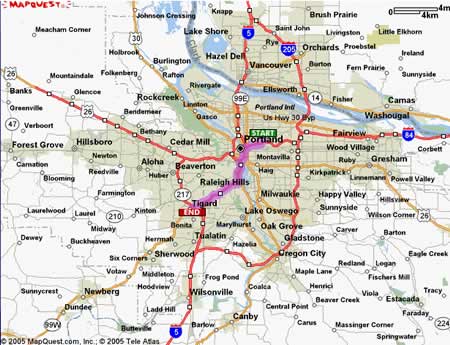Several posts on Daily Kos have mentioned the announcement of a “study” by a Brigham Young University physicist who claims that the World Trade Center was destroyed “not just by damage and fires, but through the use of pre-positioned explosives.”
The author, Steven E. Jones, doesn’t present any new evidence in his study, and so far as I can tell, doesn’t seem to account for the stored kinetic energy of objects on the scale of 34 stories of the South Tower of the WTC falling several hundred feet (“…this block turned mostly to powder in mid-air! How can we understand this strange behavior, without explosives?”)
Aside from that, before people go running off into the wilds of conspiracy theories, they should take into consideration that Mr. Jones has already been associated with one physics-related debacle: the fizzle-out of cold fusion in the late 1980s.
While Stanley Pons and Martin Fleischmann were the better-known figures in the fiasco — because they grabbed the spotlight the day before they’d agreed to meet their collaborators Jones and Paul Palmer (both from BYU) — the minute I saw “physicist” and “BYU” on the same page with what looked like seriously flawed science, something clicked.
I don’t know why the conspiracy theory explanation is so attractive to people, but I do know that all fantastic claims have to be taken with a grain of NaCl. Doubly so if they’re being peddled by someone who’s passed off the snake oil of bad science in the past.
